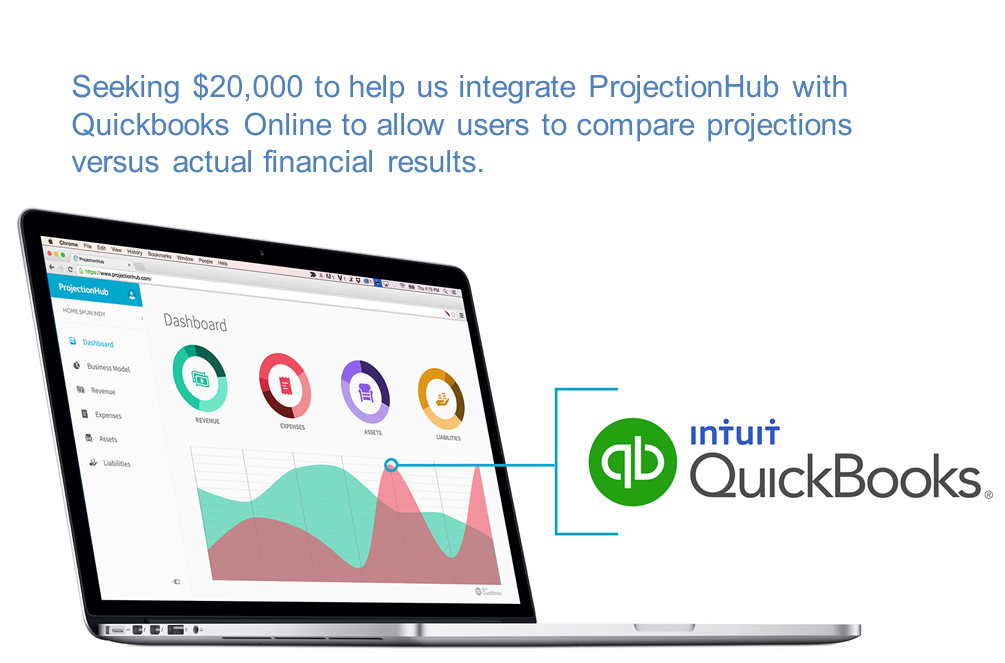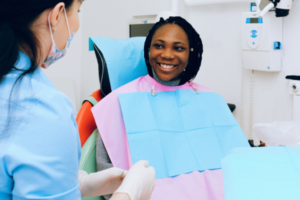 If you are looking to start a Dental Practice you are likely to need some financing, which means you probably need some financial projections. According to a report by Sageworks, Dentist Offices show an average of 14.9% net profit margin. This is great, but as a Dentist, you didn’t go to school for financial modeling, so that is where we come in to help.
If you are looking to start a Dental Practice you are likely to need some financing, which means you probably need some financial projections. According to a report by Sageworks, Dentist Offices show an average of 14.9% net profit margin. This is great, but as a Dentist, you didn’t go to school for financial modeling, so that is where we come in to help.
We have created a custom dental office financial plan model for a dental practice which you can use here.
Once you sign up and use the Dental Practice financial model, then you can start by projecting your revenue (income):
Step 1 – Dental Practice Revenue Projections
There are a number of services that a dentist can provide, the list of services that we have added to our model is as follows:
- Cleaning/Exam
- Dental Bridges, Crowns and Implants
- Emergency Dental Services
- Extraction
- Fillings
- Oral Surgery
The question is how do you predict how much revenue you will generate for each of these services? In my opinion a good way to model a dentist office is to start with the number of patients you can secure for regular exams and cleanings. That is your customer base, then from your customer base you will be able to predict the percentage of the general population that needs crowns, implants, tooth extraction, cavity fillings, etc. You need to focus on building your customer base and how that business model works, and then simply assume some percentages for all of your other services based on the core customer base.
So here is the exercise I think you will need to go through to build out your revenue projections:
- How much advertising will it take to acquire one new patient? Whether you do radio, tv, Google, or direct mail advertising, you will need an advertising budget and will need to assume some cost per acquiring a new patient. This Question and Answer on Quora gives some nice guidelines on how to calculate this. Since you are a new practice let’s assume that you have to spend $200 in advertising to acquire a patient, and initially you are starting with a $5,000 monthly ad budget. This will bring in 25 new patients per month.
- Now you need to determine how much revenue you will generate from the first visit of each new patient, then what percentage of patients will you retain to create your patient or customer base, and then finally how much will your patient base spend each month on the various services you provide. I have created a spreadsheet to help model revenue for a dental office that you can use here.
- In order to determine how much revenue you can generate from your different services I suggest that you find some stats on the prevalence of various issues like cavities, the need for crowns, root canals, etc. For example the CDC provides data on the prevalence of tooth decay (ie the need for fillings) among the US population.
In this example I created a basic revenue projection for a startup dental office in the first year. Total revenue for the year is only $73,000 which is much less than what you might be hoping to bring home as a first year dentist, but you have to start somewhere. As your customer base grows, revenue and profit can grow substantially.
Step 2 – Expenses for a Dental Practice
Our financial model also has about 20 default expenses related to dental offices. The key expenses I want to point out are:
- Advertising is $5,000 per month – this is what you use to acquire new patients
- Insurance can get pretty expensive when you include malpractice insurance and liability insurance for the office. This article is a helpful guide and helps me estimate around 1,500 per year for all the insurance you need.
- Software – you can price different software packages for dental offices here – I would expect at least a $1,000 set up fee and $300 per month as an average.
- Wages – I am assuming that you don’t hire a dental hygienist until month 7, you will just do the cleanings yourself initially. I am also assuming that you don’t take a salary yourself until month 7 at which point you take a small $1,000 per month owner draw. Finally, I assume a part time office manager at $1,500 per month.
- Equipment Rental vs. Purchase – You will certainly want to consider the difference between leasing/renting equipment and furniture vs. purchasing with a loan. In this example I am going to assume you purchase with a loan.
There are a number of other common expenses that you will need to estimate.
Step 3 – Equipment Required for a Startup Dental Office
According to an article by DentalTown written in 2013 the average price to open a new dental office can range between $250,000 and $500,000. The primary expenses include:
- Equipment and Furniture – $150,000
- Leasehold improvements – $200,000 (assuming 2,000 square feet at $100 cost per sq. foot)
- Working Capital – $50,000 you are also probably going to need approximately $50,000 in working capital to fund your operating losses during the first year while you get started
This is a total cost of $400,000.
Step 4 – Financing for Dentists
Coming up with $400,000 is not easy, so you are likely going to need a loan or an investor. Banks seem to like dentists, for example Bank of America has an entire program established for new startup dentist practices. The Bank of America program boast 100% financing, so you may be able to secure the full $400,000 in a loan. In this example, I am going to assume you get the $400k from a lender.
Let’s assume you also raise an investment from friends and family for $75,000 just to give you some extra wriggle room in that first year if things don’t go quite as planned.
Step 5 – Example Financial Projections
Starting a new dental practice is not for the faint of heart. You should expect to lose significant money in the first year as you build up your customer base, but as you know once you build a strong customer base this is a very profitable business.
If you would like us to review your projections for your specific situation please don’t hesitate to reach out, we can help. Email adam@projectionhub.com
Top Photo by Anna Shvets from Pexels
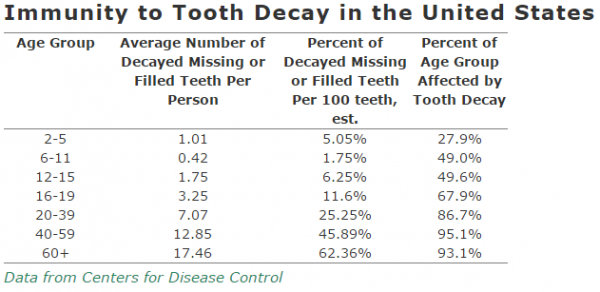
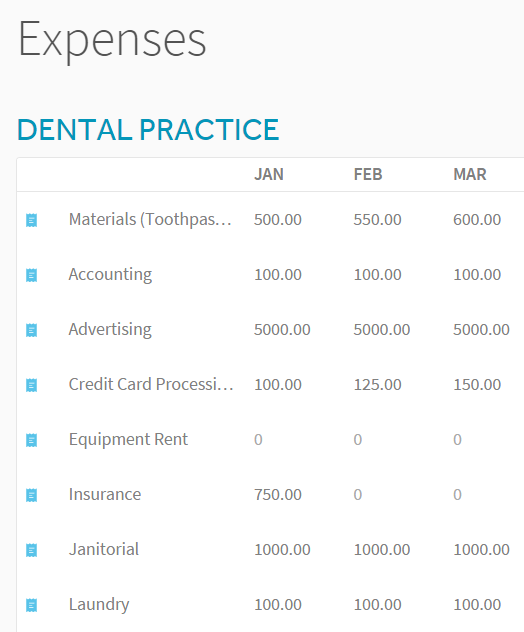
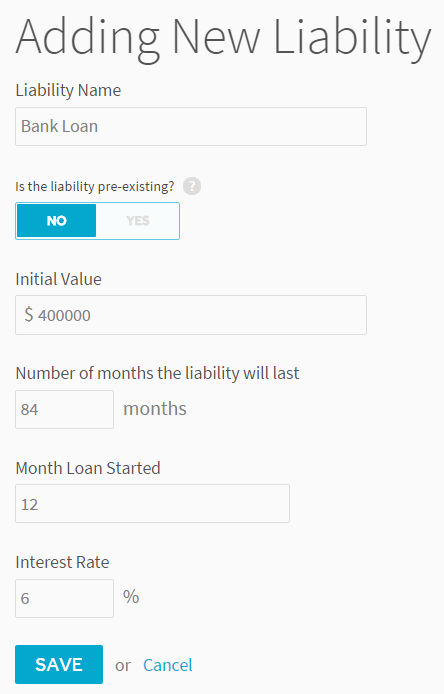

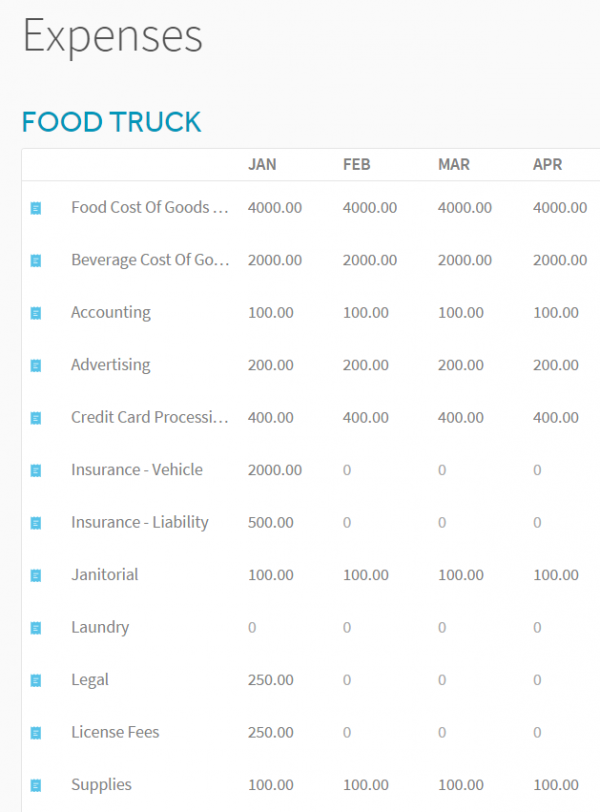
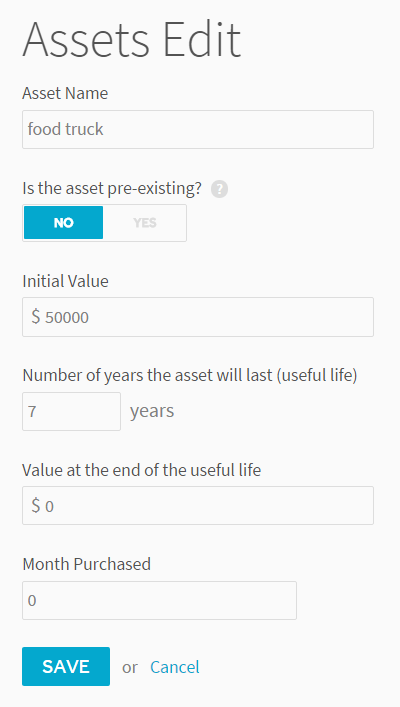
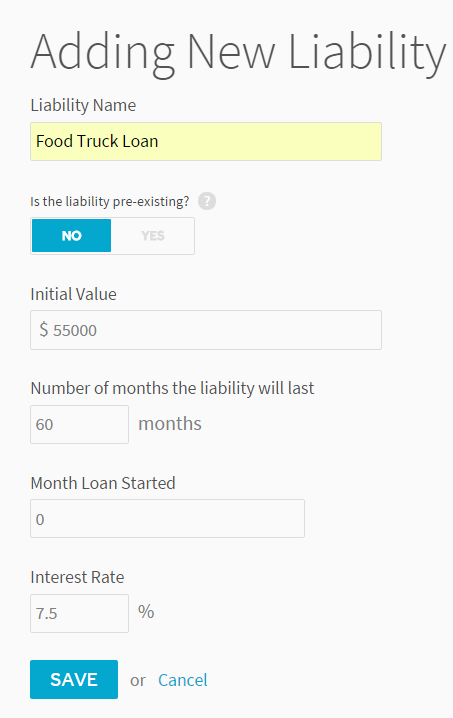

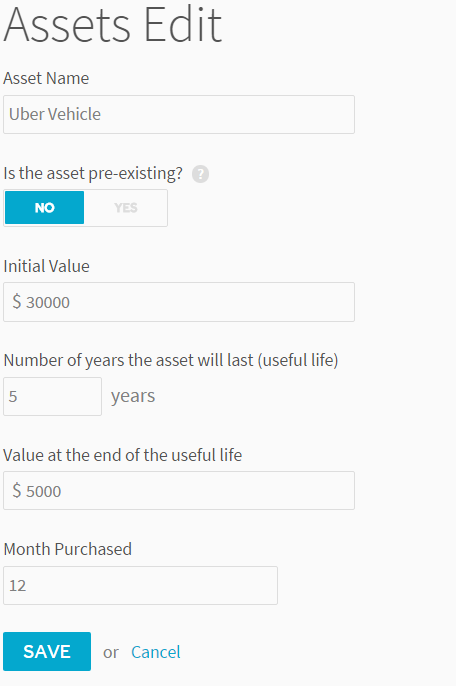
 ProjectionHub – An app to create and share realistic financial projections with investors, lenders and partners without the pain of Excel.
ProjectionHub – An app to create and share realistic financial projections with investors, lenders and partners without the pain of Excel.

